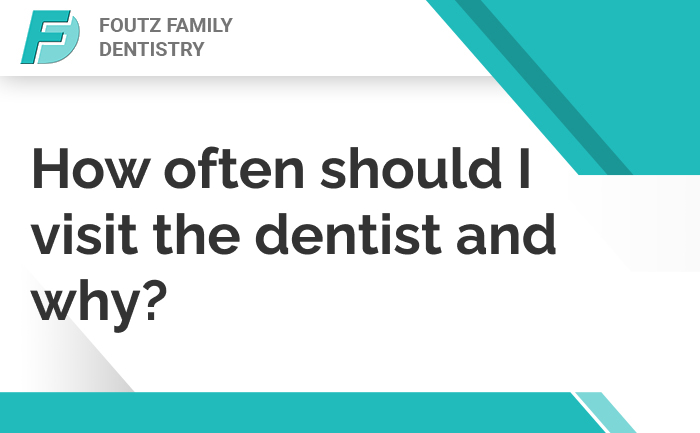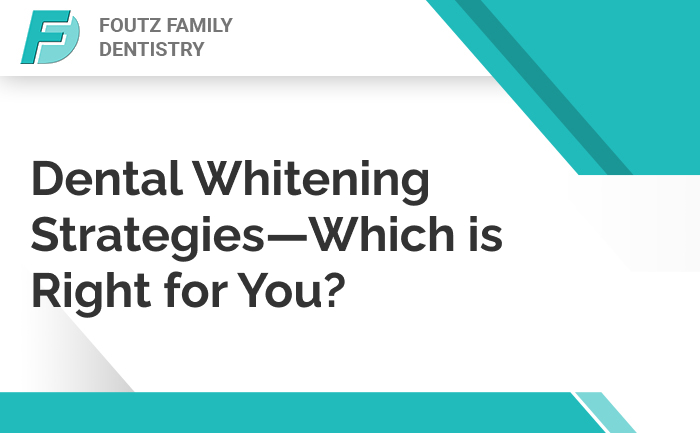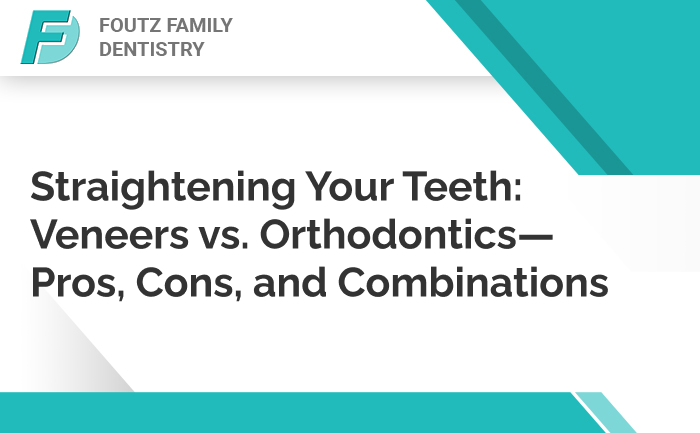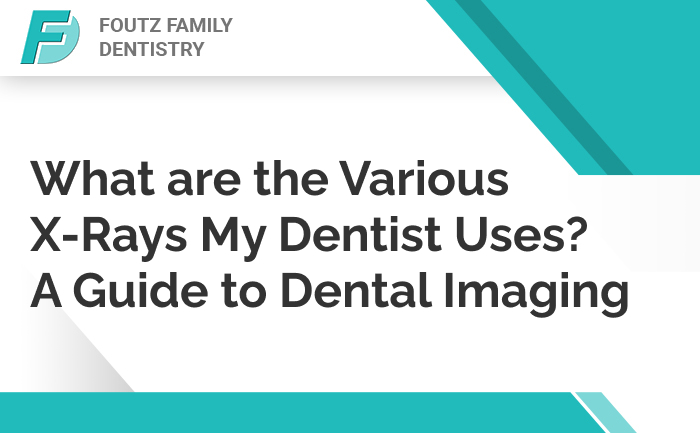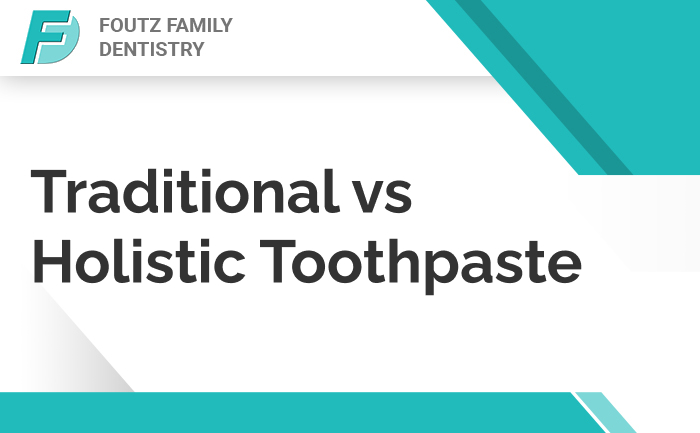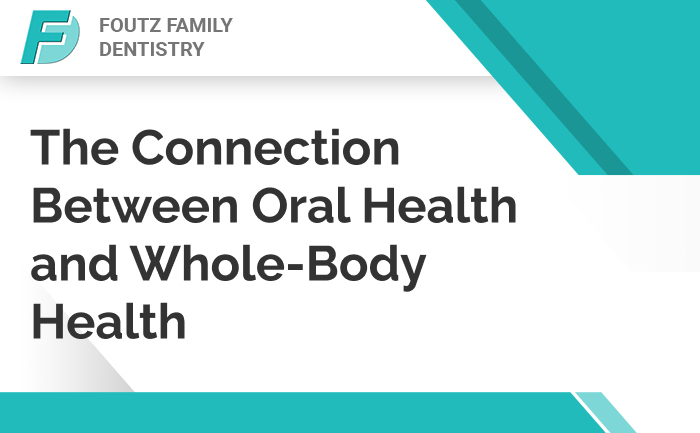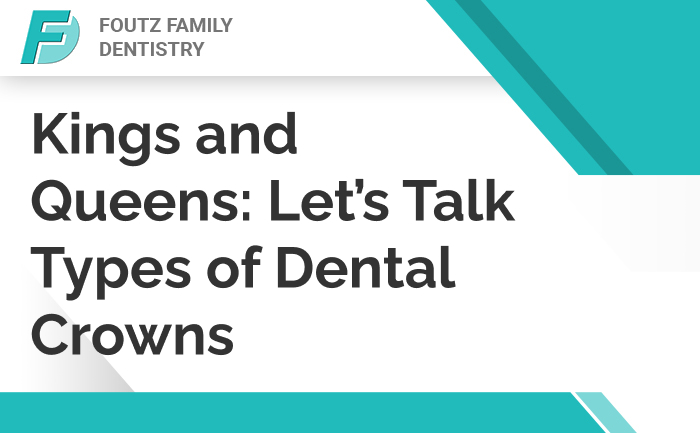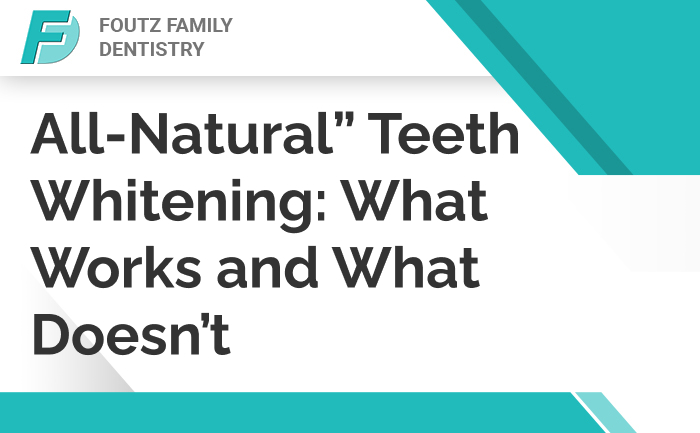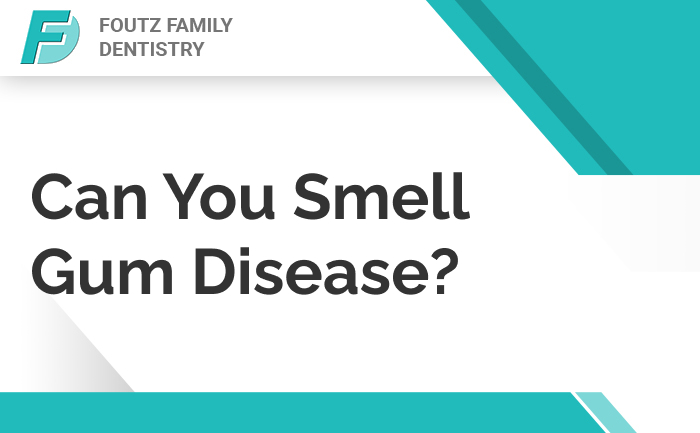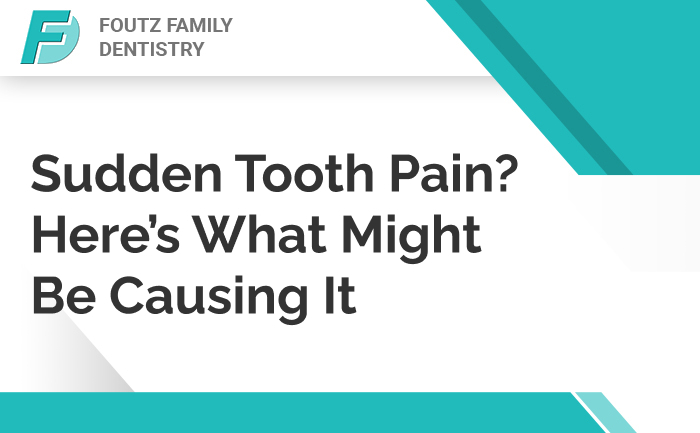Regular dental visits are your best friend when it comes to keeping your teeth and gums healthy. But how often should you schedule an appointment? For most people, the magic number is twice a year. However, you may need more frequent visits depending on your oral health. Let’s break it down and explore why these regular check-ups are essential for a dazzling smile and overall health.
The Standard Recommendation: Twice a Year
The American Dental Association (ADA) recommends visiting the dentist every six months. Why? Because even if you’re diligent with brushing and flossing, plaque and tartar can build up in hard-to-reach places. Professional cleanings prevent cavities, gum disease, and other pesky dental problems.
Routine check-ups also give your dentist a chance to catch potential issues early. These visits are key to maintaining a healthy mouth, from spotting tiny cavities to identifying early signs of gum disease or oral cancer.
When You Might Need More Frequent Visits
For some, biannual visits may not be enough. Here are a few reasons you might need to see your dentist more often:
- Gum Disease: If you’ve been diagnosed with gingivitis or periodontitis, your dentist may recommend more frequent cleanings to keep your gums in check.
- Orthodontic Treatment: Are you wearing braces or aligners? Regular check-ups ensure that your teeth are moving as planned and that your appliances are in good condition.
- Pregnancy: Hormonal changes during pregnancy can lead to gum inflammation and other oral health issues. Extra visits can help manage these changes.
- Medical Conditions: Diabetes, heart disease, and certain autoimmune disorders can increase your risk for oral health problems, making regular dental care even more critical.
What Happens During a Routine Dental Visit?
Not sure what to expect at your next appointment? Here’s a quick rundown:
- Cleaning: Your hygienist will remove plaque and tartar, polish your teeth, and apply fluoride to strengthen your enamel.
- Exam: Your dentist will check for cavities, gum disease, and signs of oral cancer.
- X-rays: Depending on your last set, your dentist might take X-rays to look for hidden issues like impacted teeth or bone loss.
The Benefits of Regular Dental Visits
Still not convinced? Here are some perks of staying consistent with your dental appointments:
- Prevention is cheaper than treatment: Catching a small cavity early saves you from costly root canals or crowns down the line.
- Fresh breath and a sparkling smile: Regular cleanings remove surface stains and bacteria, leaving you with a confident, healthy smile.
- Improved overall health: Research shows a strong connection between oral health and conditions like heart disease, diabetes, and Alzheimer’s.
Listen to Your Dentist
While twice a year works for many, the frequency of your dental visits should ultimately be tailored to your needs. Trust your dentist to guide you in maintaining a healthy smile and staying ahead of potential problems.
So, when was your last dental appointment? If it’s been a while, there’s no better time to schedule a visit. Your smile—and your overall health—will thank you!






